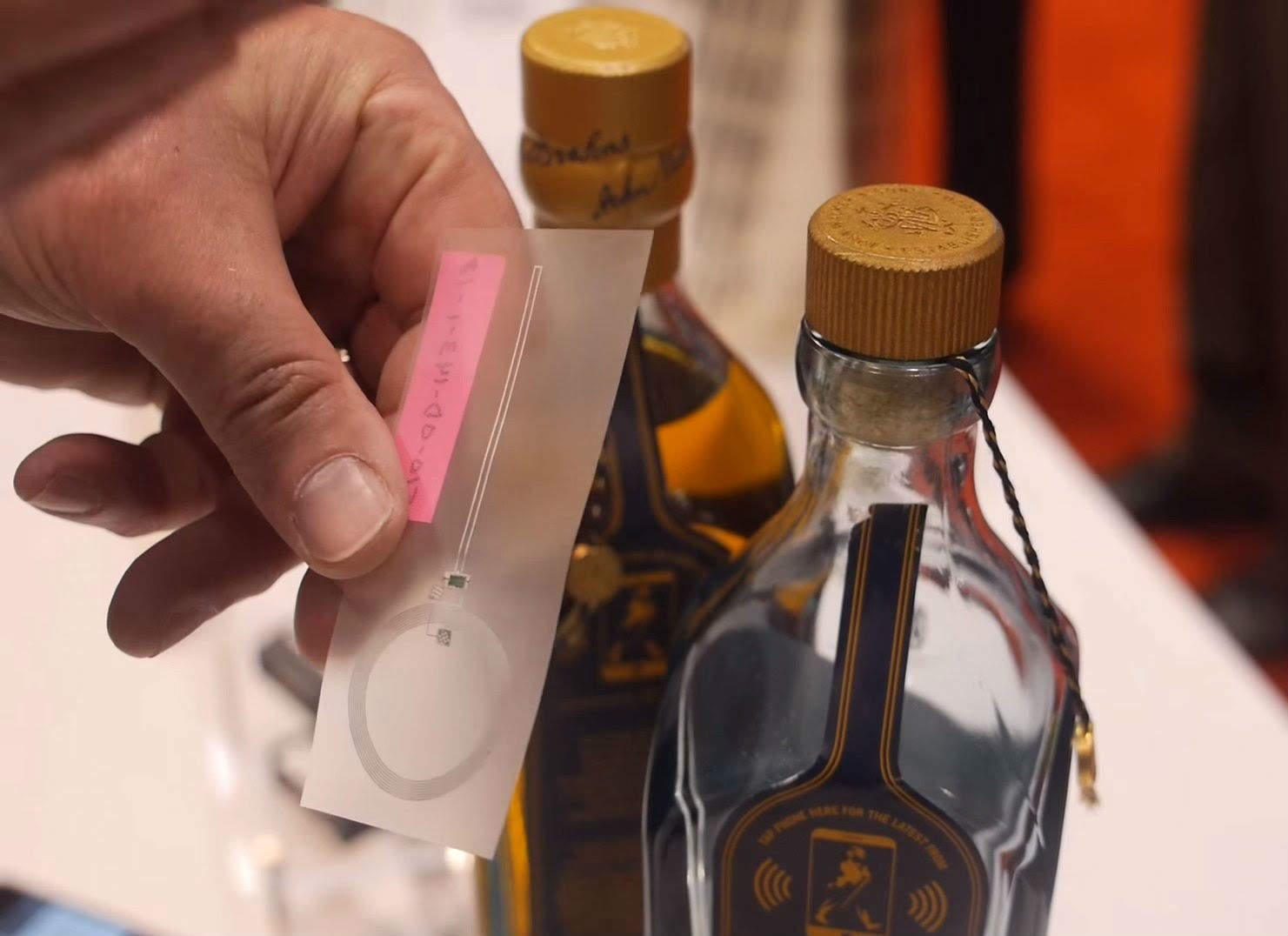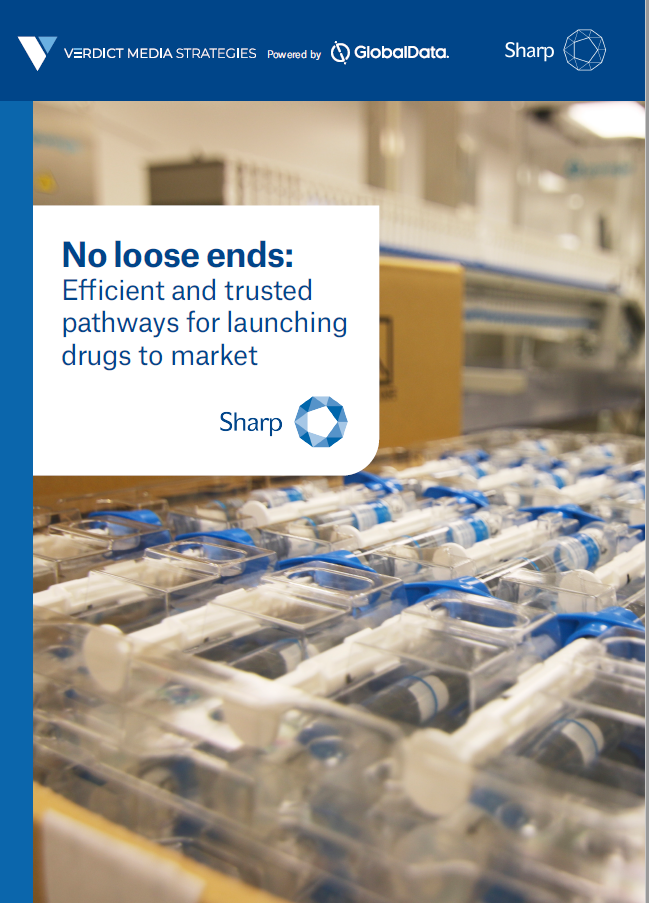

Imagine if a packet of antibiotics could not only tell the patient whether it had been opened and which pill had been taken at what time, but could also alert patients when it was time to take the next one and feed all this information back to the doctor as part of a full healthcare management system.
The industry isn't far off this point, and improving patient compliance is just one potential benefit of the smart packaging that could become commonplace in just a few years' time. Other benefits include providing information and validation around anti-counterfeiting, product tampering and whether a drug is fit for consumption, as well as optimising logistics operations and stock control within the product life cycle.
Technologies that will enable such features, including sensors, radio-frequency identification (RFID), programmable alerts, electronic anti-tamper safeguards and tracking systems, are all making rapid progress. Yet, while it's not hard to wire up a prototype pack of paracetamol, the industry is facing challenges in scaling up the required manufacturing processes.
Printed electronics: how it works
Of course, the specifics vary depending on the added value the pharmaceutical company wants the packaging to have, but the key elements are more or less the same. As Steven Bagshaw, marketing executive at the Centre for Process Innovation (CPI), the UK's National Centre for Printed Electronics, explains: "In simple terms instead of using wires, you can print electronic circuits by using conductive inks. Subject to its intended purpose a smart packaging device will generally be made up of the following: a printed battery or an energy harvesting function, a printed antennae, some sort of wireless communication such as near field communication (NFC) or RFID, a printed sensor and a display label to communicate information."
How well do you really know your competitors?
Access the most comprehensive Company Profiles on the market, powered by GlobalData. Save hours of research. Gain competitive edge.

Thank you!
Your download email will arrive shortly
Not ready to buy yet? Download a free sample
We are confident about the unique quality of our Company Profiles. However, we want you to make the most beneficial decision for your business, so we offer a free sample that you can download by submitting the below form
By GlobalDataSee Also:
Take E Ink's PhutureMed solution, which can track when a pack has been opened so it knows when a patient has removed one of the pills and can be integrated into a three-fold standard blister pack. On one portion of the pack is the medication with an RFID signature printed underneath it that changes with every pill that is popped, on the central portion is another printed RFID signature, which can identify the medication, and on the third fold is the main module, made up of a display, an embedded processor and a sensor, which can easily be laminated into the packaging. If a patient is late taking a pill, an alert can be triggered, thereby improving compliance and adding value for pharmaceutical companies.
Thinfilm's NFC OpenSense tags work in a similar way. They are thin, flexible labels that can detect both a product's 'factory-sealed' and 'opened' states and wirelessly communicate contextual content with the tap of an NFC-enabled smartphone. When it comes to the mechanics, the tag is applied to the internal surface of a box containing an over-the-counter (OTC) medication, with the extended sensing loops running across sections of the box where the package could be opened.
"The dual-state detection capabilities enable brands and caregivers to deliver targeted, contextual messages depending on whether a product is factory-sealed or opened," explains Thinfilm's VP of marketing and communications Bill Cummings. "In the OTC medication example, if a consumer taps the box with a smartphone and the 'factory-sealed' ID is detected, the brand assumes the person is in store and is in a point-of-sale scenario. In this case, the messages that consumer receives might relate to product ingredients or a promotional offer – content designed to get them to buy the product.
"Once the factory seal has been broken and the 'opened' ID is detected, the brand assumes that consumer is in consumption mode and the messages delivered might focus more on usage instructions or repurchase info."
Challenges: cost, scale and software development
The problem for the industry isn't the concept of smart packaging; it's bringing it to scale affordably.
"Unless the figures add up then concepts will stay as concepts," says Bagshaw, who notes that CPI provides an environment for British companies to carry out low-risk R&D in smart packaging. "The technology needs to reach industry standards in terms of supply chain efficiency and unit costs. There is no doubt that there is end user demand for intelligent packaging from the big brands, but is the technology viable for product designers to start to engage with their research and development teams?"
The team at CPI is working with the likes of Unilever and Crown Packaging in a collaboration to commercialise NFC packaging; the key emphasis of the project is to apply highly automated and high-speed integration techniques to meet target costs of less than one cent per NFC tag.
"CPI's role as a technology innovation centre is to provide the infrastructure and support for companies to overcome these scale-up challenges and help turn ideas into manufactured products," Bagshaw continues. "To turn new innovative concepts into products, companies need to be aware of the safety net that technology innovation centres like CPI can provide for new product development in smart packaging. In the commercial world you can't stop the production line to trial a new way of working or a technology, however at CPI it is possible to do that."
Elsewhere, Thinfilm is working with a partner, Jones Packaging, to develop high-speed application, testing and reading processes so that its NFC OpenSense technology can be incorporated into pharma packaging on Jones's high-speed lines. "There are several challenges, most of which have to do with applying the tags to the packaging, making sure the tags are functional post-application, and reading each tag as the packages run through the production line and are prepared for distribution," Cummings notes. "And all of this has to be done at speed and at scale."
Scaling up isn't the only challenge for the industry to overcome before smart packaging becomes commonplace in pharmacies. For E Ink's head of global marketing Giovanni Mancini, the software development side of things is equally tough.
"You need the software layer that will run on your smartphone or tablet, giving you ready access to the information [gained from the smart packaging solution] so that when you go to the doctor and he asks you about your compliance with your prescription, he has a full record," he explains. "That's where a lot of work has to be done right now in terms of delivering a complete solution to the end patient and we're working on prototype solutions with different partners."
Three years away
Costs are coming down but the key to bringing smart packaging closer to market will be the development of the supply chain, so the industry can make larger numbers at market speeds. As Bagshaw stresses, it isn't enough to make hundreds; the industry needs to develop the infrastructure to make millions of units.
The technology itself, though, is very close to market. At CPI, for example, the team expects concepts to be produced at pilot production scale within the year, and smart packaging products to be readily available in various markets for the consumer within the next three years.
And this is just one innovation centre in one country. Pharmaceutical brands all over the world are exploring smart packaging technologies in order to address patient adherence, consumer education, counterfeiting, track and trace, and other applications, with some concepts similarly close to commercialisation.
"We can only imagine the sums of money being allocated to smart packaging technologies across the broader pharmaceutical industry," Cummings concludes. "Ultimately, the key challenges will be cost and scale."




